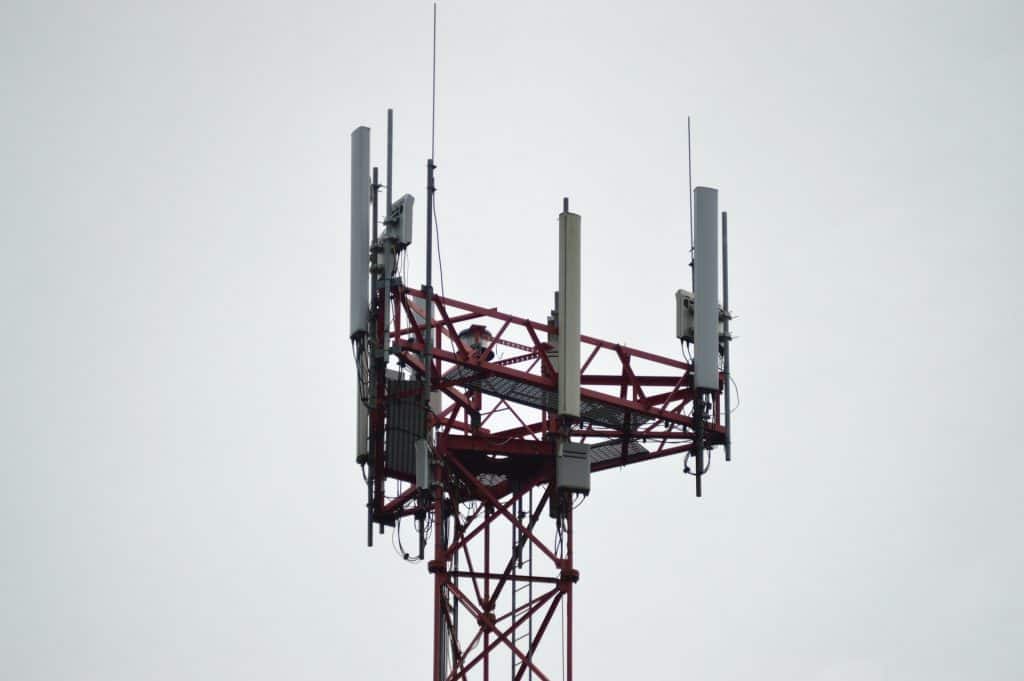If you've ever walked through a city, you may have seen tiny 5G cell towers placed on poles for street lighting. They look like little boxes, but they're actually broadcasting wireless signals from mobile providers to your mobile.
what is a safe distance from a 5g cell tower are replacing larger specially-designed cell towers. While they're not as noticeable but they can still cause problems for people.
A FCC's Radiation Exposure Thresholds
The FCC's Radiation Exposure Thresholds determine the maximum amount of time an individual can be exposed to electromagnetic radiation from wireless devices. The limits of exposure are based on research which prove that electromagnetic energy could be harmful to human health.
The rate of absorption called the specific absorption rate (SAR) is an indication of the amount of radiofrequency energy taken up by tissues. what is a safe distance from a 5g cell tower is typically 1.6 watts per kilogram, calculated over one gram of tissue.
But, since 5g operates at higher frequencies this could be able to cause greater energy intensity on the skin and other directly-exposed body parts. This can result in a wide range of possible harms, such as an increase in the development of skin conditions like dermatitis, cancer of the skin and cataracts.
Due to the possible negative effects of 5G radiation, PSU has chosen to establish a general, localized power density limit of 4 mW/cm2 measured on 1cm2, but not exceeding 30 minutes for all 5G services at 3000 GHz. This limit for localization is in line with the highest spatial-average SAR of 1.6 W/kg averaged over 1 5 grams of body tissue, at 6 GHz.
The FCC's Maximum Exposure Thresholds
If you've ever used a cell phone, you probably know that a safe distance from the tower is around 400 meters. This is due to the transmitting power of the cell tower is significantly increased the further away the tower is.
While it sounds like an ideal idea, the reality is that people who live close to towers may actually be more prone to health issues. For example, a study from 2014 in India discovered that people who lived within 50 meters of cell towers had significantly more health complaints than those who lived farther away from the antennas.
This study found that people who moved to areas that were further from cell towers experienced their symptoms return to normal within a few days. Studies have also demonstrated that exposure to extreme levels of radiofrequency electromagnetic fields (EMFs) can lead to brain tumors, cancers, and other health problems.
This is because radiofrequency radiation, utilized in wireless communications, can penetrate the human body's outer layer, called the skin. This is vital to be aware of because the skin acts as a barrier to protect against injury to the body, infection by pathogenic microorganisms, and the entry of harmful substances. Additionally, what is a safe distance from a 5g cell tower is the largest organ in the human body, and is responsible for protecting other organs.
The FCC's Minimum Exposure Thresholds

The FCC's Minimum Exposition Thresholds are based upon many assumptions that aren't supported by scientific research. They include the incorrect assumption that short-term exposures to RF radiation is safe due to the limited radiation penetration in the human body (i.e. the heating of tissues).
The assumption also ignores the deeper penetration of the ELF parts of the modulated RF signal, as well as the consequences of short bursts of heat from pulsed RF waves. These theories are not compatible with current understanding of the biological consequences of RF radiation. Therefore, they should not be used for health protective exposure standards.
Additionally there is the fact that both ICNIRP and FCC are limiting their maximum exposure limits to local peak SARs that are based on the maximum frequency of absorption (psSAR), which can be described as an inadequate dosimetric tool to determine the degree of radiation exposure. Particularly the psSAR tool is not accurate for frequencies above 6 GHz. In addition, psSAR is not been tested for RF radiation with co-exposure to other environmental agents such as sunlight. In the event of interactions, RF radiations with different environmental agents may result in antagonistic or synergistic impacts. This would result in an increased risk of adverse health effects. For example, co-exposure to RF radiation with sunlight may raise the chance of developing skin cancer, as well as aggravate other skin diseases such as acne.
